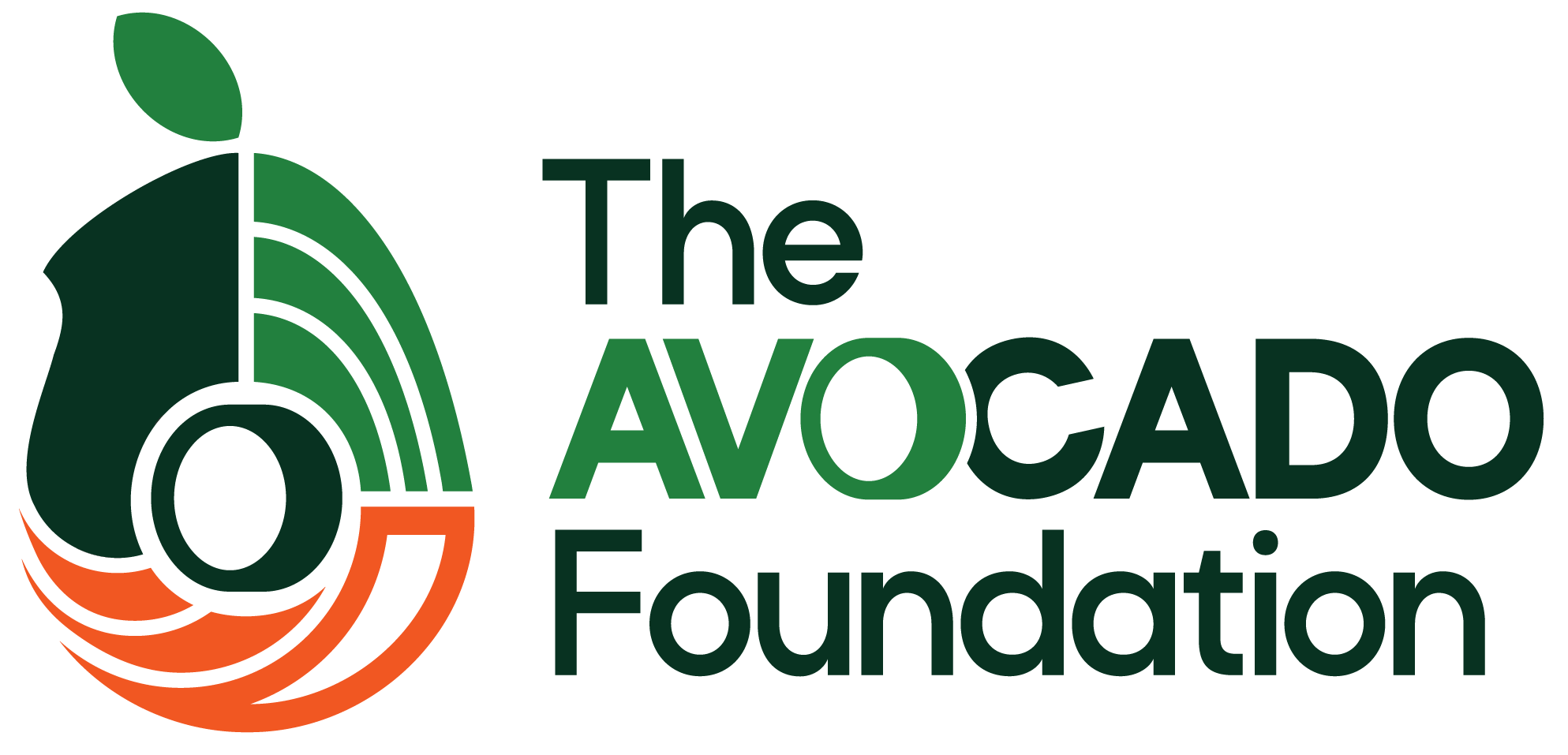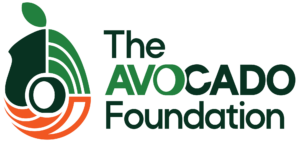
Talking about money, especially borrowing it, can be tricky. Words like Annual percentage rate (APR which is the cost you pay each year to borrow money) and collateral (something valuable you promise to give if you can’t pay back a loan) can make it seem complicated. Then there’s your credit score, which is like a report card for how well you handle your money, and interest rates, which is the extra money you pay to borrow. It might seem tough to understand all this, but don’t worry! In this post we will be breaking down terminologies surrounding credit and loans, you will learn what these terms mean and feel surer about dealing with credit and loans.
Credit: The Foundation of Borrowing
Let’s start with the basics: credit.
Essentially, credit is your ability to borrow money with the promise to repay it later, often with added interest. This borrowing power is represented numerically by your credit score, a three-digit number that reflects your creditworthiness based on factors such as payment history, amounts owed, length of credit history, new credit, and types of credit used.
Credit Score:
Your credit score is like your financial report card. It ranges from 300 to 850, with higher scores indicating better creditworthiness. Here’s a breakdown:
Excellent (800-850): You’re a credit pro, likely to get the best interest rates and terms.
Good (670-799): You’re solidly reliable, though not quite perfect.
Fair (580-669): You may encounter higher interest rates and fewer borrowing options.
Poor (300-579): You’ll likely face challenges in getting approved for credit, and if you do, expect unfavorable terms.
Loans: Unlocking Financial Opportunities
Now that we’ve covered the basics of credit, let’s delve into loans, the mechanisms through which you can access borrowed funds. Loans come in various shapes and sizes, each with its own set of terms and conditions. Here are some key terms to understand:
Principal:
The principal is the original amount of money you borrow from a lender. This is the starting point for calculating interest and determining your repayment amount.
Interest Rate:
The interest rate is the cost of borrowing money, typically expressed as a percentage. It’s crucial to pay attention to both the nominal interest rate and the annual percentage rate (APR), which includes additional fees and charges.
Nominal Interest Rates are like the basic cost of borrowing money. It’s the percentage that banks or lenders charge you just for using their money, without thinking about inflation, which is when prices go up over time. So, if a bank says the nominal interest rate is 5%, that means you’ll pay 5% of what you borrowed every year
APR, or Annual Percentage Rate, is a bit more comprehensive. It includes the nominal interest rate but also adds in any extra fees or costs that come with the loan. It gives you a better idea of the total cost of borrowing money for a year. Think of APR as the full price tag, while the nominal interest rate is just the sticker price
Collateral:
Collateral is an asset—such as a home, car, or savings account—that you pledge to secure a loan. If you fail to repay the loan, the lender can seize the collateral to recoup their losses.
Secured vs. Unsecured Loans:
Secured loans are backed by collateral, making them less risky for lenders and often resulting in lower interest rates. Unsecured loans, on the other hand, don’t require collateral but may come with higher interest rates to compensate for the increased risk.
Amortisation:
Amortisation refers to the process of gradually paying off a loan through regular installments, which cover both principal and interest. With each payment, you reduce your outstanding balance until the loan is fully repaid.
Debt-to-Income Ratio:
Your debt-to-income ratio is a measure of your monthly debt payments relative to your gross monthly income. Lenders use this ratio to assess your ability to manage additional debt responsibly.
Loan Term:
The loan term is the length of time over which you agree to repay the loan. Longer loan terms typically result in lower monthly payments but may also mean paying more in interest over the life of the loan.
Best Practices for Managing Credit and Loan Debt
While credit and loans can provide valuable financial opportunities, it’s essential to approach them with caution to avoid falling into debt traps. Here are some best practices to keep in mind:
1. Budget Wisely:
Create a budget that outlines your income, expenses, and savings goals. By living within your means and prioritising savings, you can avoid relying too heavily on credit to cover expenses.
2. Use Credit Responsibly:
Only borrow what you can afford to repay and avoid maxing out your credit cards or lines of credit. Aim to keep your credit utilisation ratio—the amount of credit you’re using compared to your total available credit—below 30% to maintain a healthy credit score.
3. Shop Around for the Best Terms:
Before committing to a loan or credit card, compare offers from multiple lenders to find the best terms and interest rates. Don’t hesitate to negotiate with lenders to secure more favorable terms.
4. Make Timely Payments:
Consistently make on-time payments on all your credit accounts to avoid late fees and negative marks on your credit report. Setting up automatic payments or reminders can help ensure you never miss a due date.
5. Monitor Your Credit Report:
Regularly review your credit report to check for errors or signs of identity theft. Reporting inaccuracies to the credit bureaus can help protect your credit score and financial reputation.
You’ve made a solid start in understanding credit and loans. With a clearer grasp of terms like credit scores and interest rates, you’re now more prepared to handle your finances wisely.
Keep in mind, being informed is crucial as you explore the intricate aspects of borrowing. By getting to know these important terms and practicing good debt management, you’re on the right path to a secure financial future and reaching your ambitions.
For daily money tips to help you manage your money better listen to the BonsaiBriefs Podcast!

